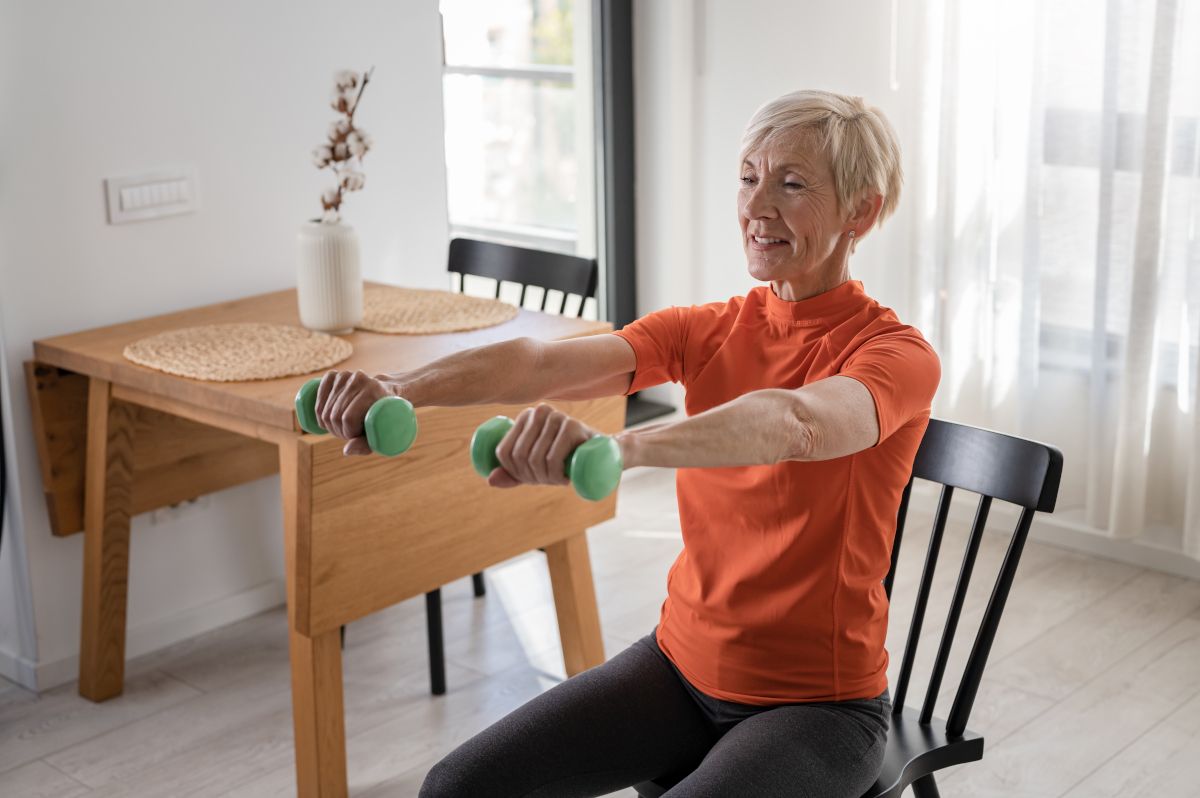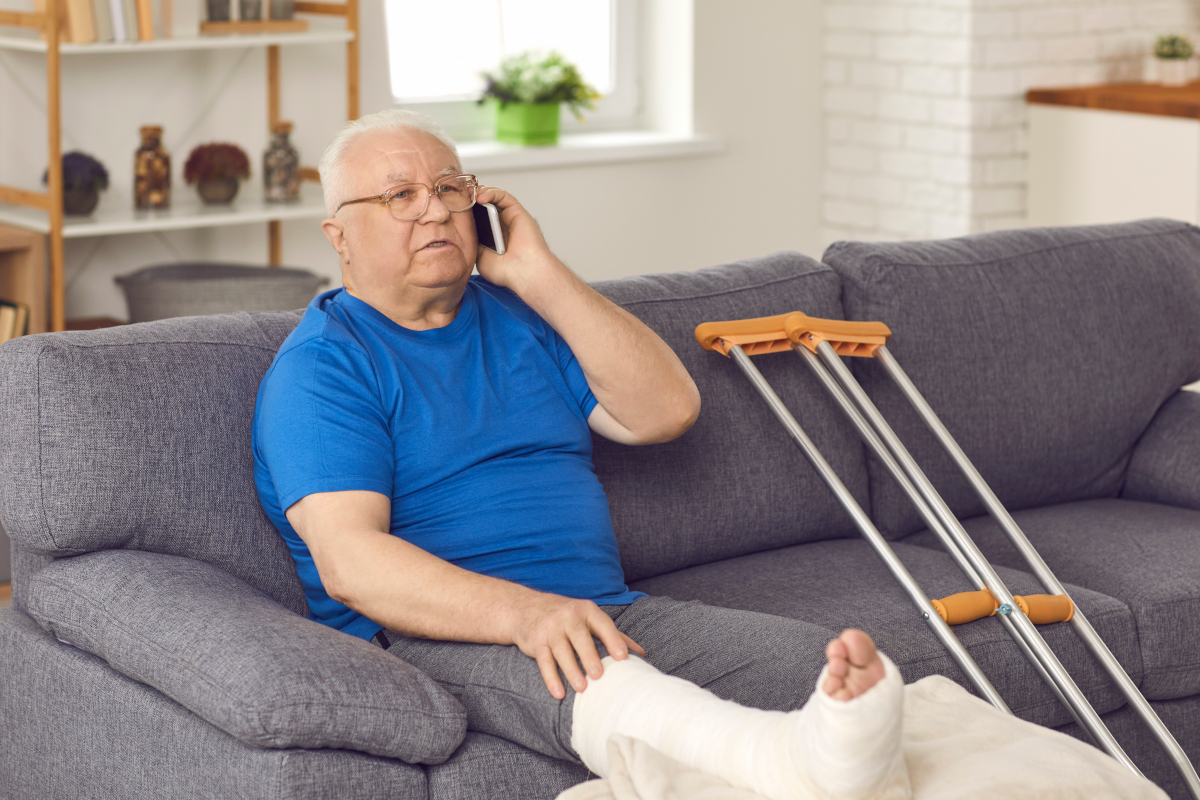Aging has many effects on the body. Hand function usually decreases as we get older. This is a problem for both men and women in the 65 and over age group. It is a secondary change that occurs alongside degeneration in the vascular, musculoskeletal, and nervous systems.
When a person gets older, the structures in their bodies can change, including the joints, bones, muscles, and tendons. Changes can also happen in their neural control. Underlying conditions like rheumatic arthritis, osteoporosis, Parkinson’s disease, and osteoarthritis can decrease dexterity.
Changes aren’t limited to strength and flexibility. Sensory changes can also occur which can alter a person’s precision when manipulating small objects. This type of movement is often required for activities of daily living. It may be small compared to other age-related changes, but it can make it difficult for a senior to live independently.
Older adults should be aware of how aging affects hand dexterity and take steps to help counter it. Just like other parts of the body, regular exercise and practice can help fine-tune motor skills and keep fingers flexible.
If you notice changes in dexterity, you should consult your doctor in case there is an underlying medical condition that needs to be treated. In the meantime, you can also try these activities to improve hand dexterity at home.
Make Origami a New Hobby
Origami, or Japanese paper folding, is another fun activity that’s easy to try. All you need is folding paper and you are ready to begin.
If you don’t know how to get started, you can find books for beginners or check the internet for tutorials and instructions. Difficulty varies, giving you lots of options as you improve your paper folding skills.
Learn How to Play an Instrument
Learn how to play a musical instrument to build your dexterity. Instruments typically require small finger movements. Musicians have to strum a guitar or cover holes on a flute. Pianos require moving your hands and striking keys. All of these are great ways to exercise your fingers, palms, and wrists.
Learning how to play is also very rewarding. It’s a wonderful outlet for creativity and personal expression.
Sculpt Art with Clay or Putty
Sculpting is a popular pastime that requires good dexterity. Whether you are a seasoned artist or a newcomer to the hobby, you can gain a lot from it.
Create something new using clay and your fingers. You can also find things to use as tools, like a plastic knife or an old knitting needle. If you are interested in taking the hobby further, you could invest in a set of sculpting tools.
Some communities have art classes that include pottery throwing. This is another way to work on dexterity that’s mentally stimulating.
Build a Latches and Locks Board
Practicing small hand movements is a good way to hone your dexterity. One approach is to build a latches and locks board. Simply attach latches and locks to a board and practice opening and closing them daily.
You can get creative and add other hardware to the board that requires small hand movements to interact with, like nuts and bolts. It is mentally stimulating and will keep your fingers moving.
Practice Sewing or Knitting Skills
Sewing and knitting require many small movements. Dexterity is essential for both activities.
If this is your first attempt, you can start simple. Try sewing a button onto a piece of fabric. You can buy new material or repurpose old clothing. Remove the buttons and then try to reattach them.
Both hobbies include varying degrees of difficulty. As your hand dexterity improves and your sewing or knitting skills expand, you can try more complex projects. You could even turn it into a side business or use your newfound skills to make holiday gifts that loved ones will cherish.
Use Hand Exercises Daily
Hand exercises should be a part of your daily routine. There are several ways you can do this. Some people buy a grip strengthener or hand grip. This device is V-shaped with two handles and a spring to add resistance. Both handles are held in one hand and can be squeezed closed and then released to open again.
They force your hand muscles to work, building strength in the fingers, palm, and wrist. It can also be used as a stress relief activity.
Make a Fist and Squeeze
If you are worried about hand strength, try making a fist and squeezing. Squeeze as hard as you can and then hold the position for three to five seconds. Release it slowly and then repeat with your other hand.
Doing this daily will help build strength and improve finger dexterity.
Do Finger Lifts
Finger lifts are another form of hand exercise that helps improve flexibility. They are easy to do and can be done anywhere.
To begin, place one hand flat on a table or counter with the palm down. Using your other hand, carefully lift one finger at a time off the table. It should be kept straight and moved upward without causing pain. Then put it back down and move on to the next finger. Repeat until you have done all five fingers and then switch sides.
You can do this multiple times a day in short sessions. Remember to not bend your finger too far back. The idea is to give it a little stretch to keep it flexible.
Play Games with String
Do you remember playing Cat’s Cradle with string as a kid? This is another good way to build hand dexterity. Playing string games works fingers and requires precise movements. You can also look online or buy books that explain how to try different patterns to keep it interesting.
String games only require one thing: string. It is easy to take with you and can be done anywhere.
Assisted living communities offer health and fitness related activities and classes to help seniors stay in shape. If you are interested in joining a community, let us know. Visit Pinnacle Peak now to learn more.




